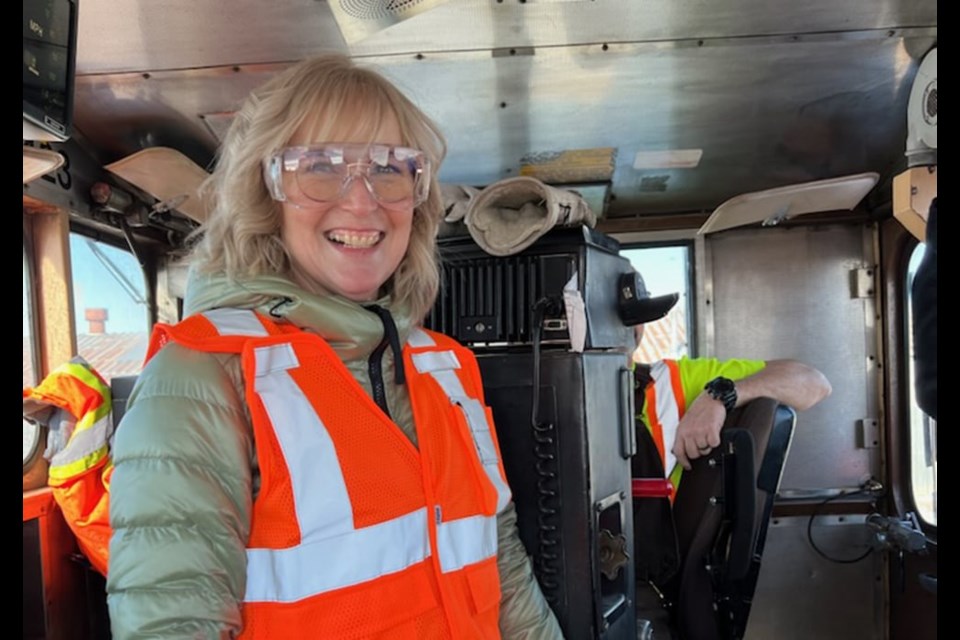WESTERN PRODUCER — Janet Drysdale is a prominent woman in the railroading world.
However, she’d rather not be exceptional for being a woman.
“In order to be able to grow … we have to be able to attract more diversity,” Drysdale, a vice-president with Canadian National Railway, said in an interview at the beginning of the Canadian Crops Convention.
“Women in the rail industry still make up a very small percentage, less than 10 percent.”
Encouraging women to think about careers in railroading was one of the reasons CN held its first ever all-women tour of its extensive training facilities in Winnipeg just before the conference, inviting women in government, the grain industry and farming to “spend a day in the life of what it is to be a new employee learning how to railroad.”
The timing was also the result of CN’s desire to recognize International Women’s Day on March 8.
Much of agriculture suffers from the same gender imbalance as railroading. With labour challenges as chronic on the railroads as on farms, in barns and in trucking, getting the 50 percent of people who are women interested in considering railroad work is a vital business necessity, Drysdale said.
Parts of the agriculture industry have high female participation, especially in skilled trades, professional and management roles, but most primary farm operators, truckers, railroad workers and company leaders are male.
The Canadian Crops Conventions featured a number of female leaders, including Canola Council of Canada chair Jennifer Marchand, Canada Grains Council president Erin Gowriluk and CropLife International president Emily Rees.
But for Drysdale, getting women involved throughout the railroading side of agriculture is just getting started.
Contact [email protected]




